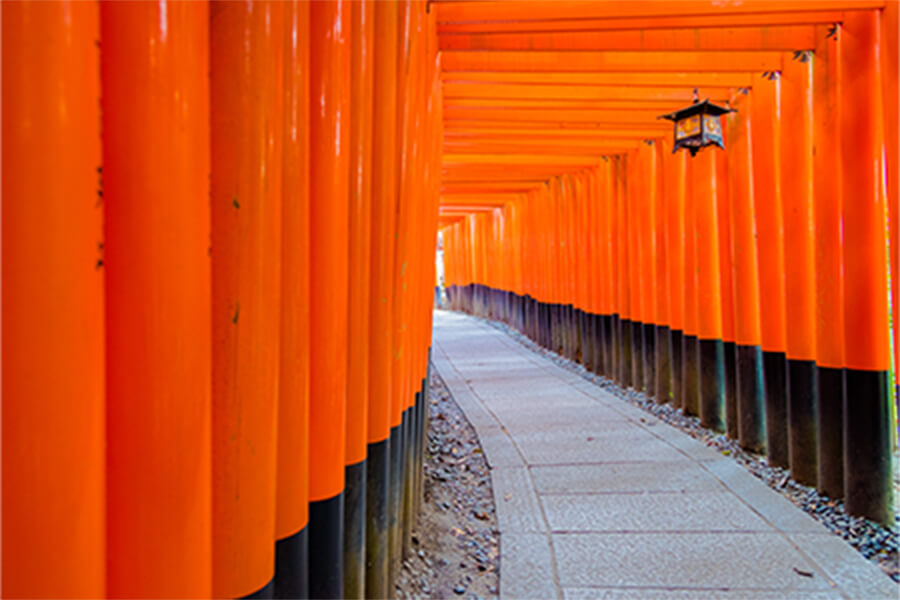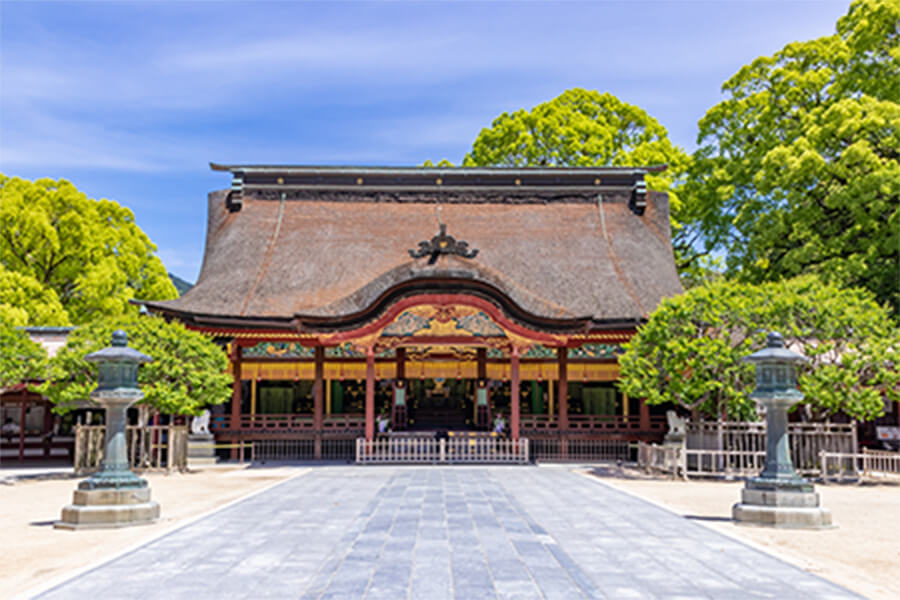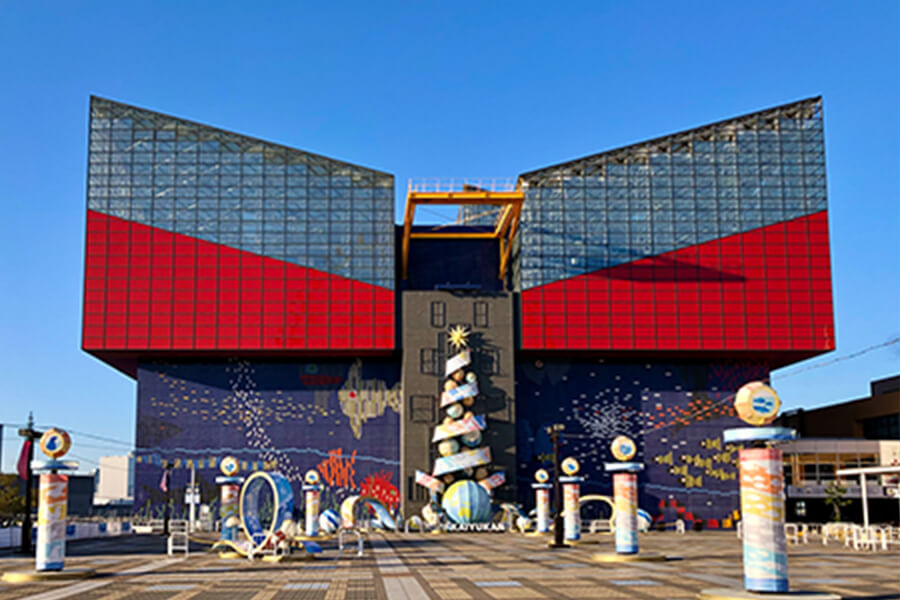Fushimi Inari Taisha Shrine

Fushimi Inari Taisha Shrine
Fushimi Inari Taisha Shrine, located in Fushimi-ku, Kyoto, is the head shrine of some 30,000 inari shrines across the country. Built in the year 711, it is widely revered for bringing about prosperity in business and a bountiful harvest. Its most remarkable feature is the nearly 10,000 vermillion torii gates known as Senbon Torii, which line the approximately 4-kilometer approach from the foothills of Mt. Inari to the rear shrine deep in the mountains. This amazing scenery is one of the most popular sightseeing spots in Kyoto, enchanting all visitors. Situated amongst mountains and surrounded by bounteous nature, the approach to Fushimi Inari Taisha Shrine is dotted with small shrines and stone monuments, making it a wonderful way to tour shrines while out for a stroll. The area has become popular amongst tourists from overseas in recent years, drawing nearly 10 million sightseers annually. When visiting, make sure to not only check out the Senbon Torii, but also enjoy the path to the rear shrine, taking your time on a leisurely walk through the lush natural grounds.
68 Fukakusa Yabunouchi-cho, Fushimi-ku, Kyoto
https://inari.jp/



















































